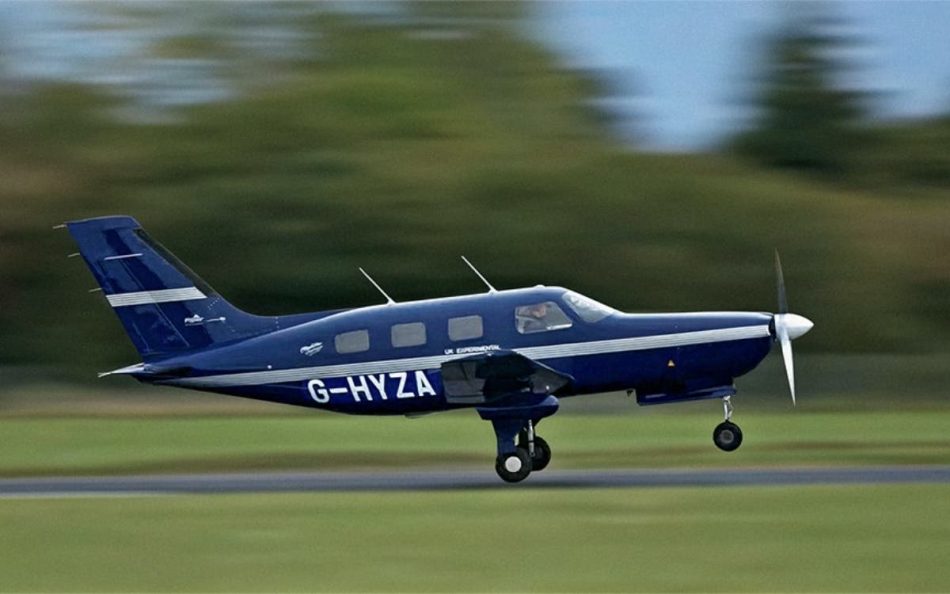Over the last few years, hydrogen has been gaining serious traction for its potential to replace jet fuel and propel the aviation industry towards a zero-emissions future. More recently, aerospace giant Airbus announced its ZeroE initiative to manufacture hydrogen-powered commercial planes by 2035. But commercial-grade airplanes running on this clean fuel may take to the skies way sooner than that.
Last week, the aviation company ZeroAvia successfully tested the world’s first hydrogen fuel-cell powered flight of a small passenger plane. The plane took off, flew a full pattern circuit, and safely landed at an airport in the UK.
The Piper M-class aircraft can carry up to six passengers and has been outfitted with a technology that combines hydrogen and oxygen to produce electricity.
“While some experimental aircraft have flown using hydrogen fuel cells as a power source, the size of this commercially available aircraft shows that paying passengers could be boarding a truly zero-emission flight very soon,” said Val Miftakhov, the CEO of ZeroAvia.
The hydrogen-powered aircraft is part of a program called HyFlyer, which is backed by the UK government and aims “to decarbonize medium range small passenger aircraft by demonstrating powertrain technology to replace conventional piston engines in propeller aircraft,” according to the European Marine Energy Center, a partner in the project.
The next step for the HyFlyer project is to have the Piper M-class airplane carry out a flight between 250 and 300 nautical miles from the Orkney Islands, an archipelago located off the northeastern coast of Scotland. It’s hoped this trip will take place by the end of this year.











